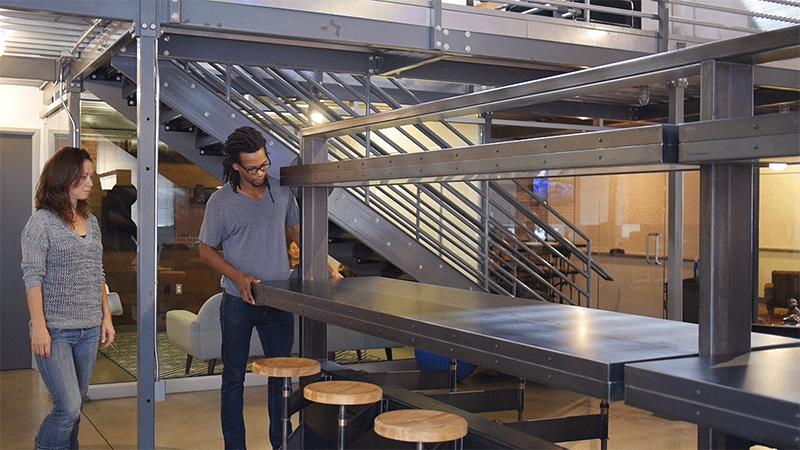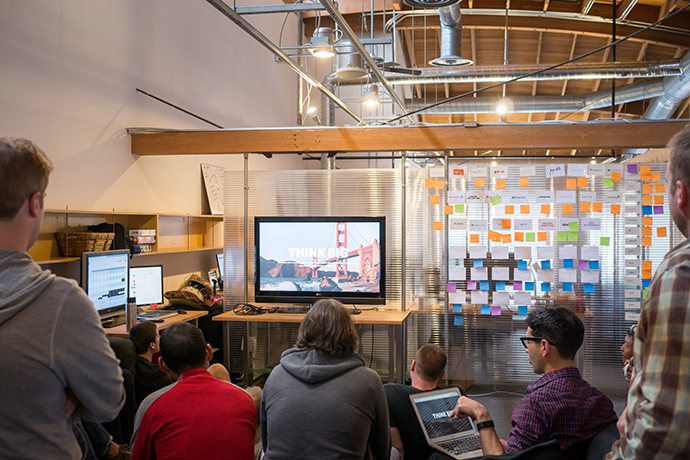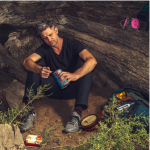Digital design agencies are a bit like snowflakes. But while no two seem to be quite alike, they do share some common purposes. The first, of course, is to do top-notch work for clients—something that’s become both more challenging and more rewarding as the tenets and processes behind experience design are more familiar to businesses of every stripe.
The second is to attract and retain the brightest talent. This task has become a little trickier in the past year, with at least one big agency in San Francisco shutting down and another becoming the in-house design team at Capital One. There’s been some debate about what this means for the future of agencies—with Peter Merholz sounding the alarm and Andy Budd pumping the brakes—but the simple fact remains that to stay ahead of the competition, agencies need to create environments where practitioners can thrive.
For San Diego’s Digital-Telepathy, winner of the Design for Experience award for Work Environment for Digital Practitioners, the shining path to success revealed itself to be something more than a single avenue.
Along with making some of the same considerations that other agencies make—like being careful which clients they work with (“Yep, we’ve got a ‘No assholes’ rule ;)”)—their approach entails lots of experimentation and a willingness to share learnings with other practitioners and teams through their Betterment blog.
In the year that’s passed since they won their DfE award, Digital-Telepathy has continued experimenting with their work environment.
“We’ve reconfigured our conference rooms multiple times but have finally figured out the best setup. We have four uniquely-appointed conference rooms and two workshop spaces to accommodate large on-site meetings with clients,” says Digital Strategist Brent Summers.
They’ve also continued to build out their audio-video setup and now have 15 large digital displays with an assortment of Raspberry Pis, Chromecasts, Jabra Speakers, IPEVO Cameras, and web cams. All good stuff to keep designers tinkering.
New staffing choices and service offerings have also been part of the evolution—resulting in the hiring of a full-time copywriter, an accountant, and a talent ambassador who is instrumental in finding the new teammates and advocating for their workforce on a daily basis. The role exists alongside another leadership post, the Director of Vitality, which remains instrumental in ensuring employee satisfaction and cultivating Digital-Telepathy’s culture.
As the landscape continues to change for agencies, practitioners, in-house teams, and everyone else working in experience design, the core elements behind Digital-Telepathy’s succss—experiement, share, evolve, repeat—will serve us all well.
Finalists in the Work Environment for Digital Practitioners also shared some noteworthy approaches to keeping their agencies fresh. Judges were impressed by Myplanet Digital’s focus on engagement, which showed up in statements like this: “For each attribute of an engaged employee, we support a substantial measurement and coaching effort.” They were also intrigued by the co-presidency concept of distributed leadership at The Nerdery. Boulder Colo.’s Slice of Lime stood out with their “First Friday” meetings that give employees a chance to discuss what’s working and what’s not working.
The 2014 DfE awards still accepting applications! If you’ve been a part of creating an experience that makes a difference, apply today.









